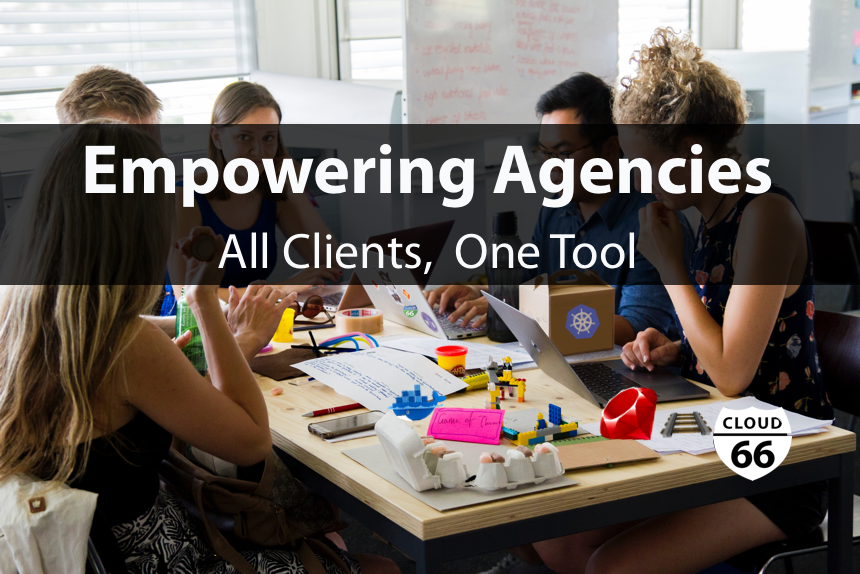
Financial Times published an interesting article, "Advertising agencies squeezed by tech giants", which talks about how the growth of technology and media can disrupt agencies.
Let's explore the challenges agencies face and investigate how to embrace technology in the creative environment.
The agency model evolves
Agencies used to operate most of the marketing for their clients, but at some point, many bigger clients started bringing up in-house resources to address new challenges.
What drove this? Just two examples: first, the emerging SaaS model enabled new software companies to offer products and capabilities direct to brands; second, online advertising required new capabilities, which some brands were big enough to build themselves. All this led to agency specialisation, putting the squeeze on generalist agencies, who were experts at design and creative , not infrastructure or app management.
What are brands looking for?
Some argue that agencies which can still deliver creative solutions , with a unique and engaging user experience , but this time with serious tech under the hood.
That would require tight links between creative teams and empowered developers, equipped with the right tools—not only for creating awareness, but also for user engagement and behavioural data collection. In other words, this would bridge the gap between marketing , which face the consumer, and tech , which delivers the system efficiency, integrity, and security.
The tech landscape
What classes of tools are agencies using to empower developers? This is a short market evaluation of the options available.
1 Platform As A Service: inflexible (and expensive)
The first, and probably most popular solution, is PaaS, which can save a lot of time on downloading, compiling, installing, and configuring components of the applications. It hosts all the layers of your stack, takes care of the deployment, and offers a nice and easy interface.
While using a public PaaS is fast at the start of a project, there is a higher cost over time. Also, you have less control over your own infrastructure, being tied to one provider.
You can go into more detail about the limitation of PaaS in our blog post 'PaaS is dead'.
2 Hiring an Ops team: distracting (and expensive)
Building your own infrastructure in a way that meets your needs would give you full control and potentially minimise costs. Hiring an Ops person or team for that job solves the PaaS flexibility problem and supports your dev team in two ways: first, it gives a point of ownership for infrastructure, and second, it therefore allows developers to focus on implementing the new features and creative designs.
However, hiring an Ops team could be quite expensive, as an average salary for an Ops Manager in London is £44K a year—and these are only the direct costs. Also, consider that rapidly scaling an Ops team could be distracting to an organisation focused on developing creative projects.
3 Outsourcing: lack of alignment
Some agencies have tried to avoid the setup costs and lack of synergy of the previous option, by contracting with external DevOps consulting firms.
This option works well for early-stage companies and entrepreneurs, not so well for an established business with high demands. The main benefit of having dedicated access to capability at a lower cost is often dwarfed by the challenges of team integration, alignment, and communication.
A perfect match for agencies
The above options all have their merit, but none of them is designed with agencies in mind, and they require significant tradeoffs on your side.
At Cloud 66 we work closely with agencies such as Purpose, Influitive, Robots and Pencils, Abletech, Allegorithmic and more to take a product approach to your backend, and allow you more time to work on your client's projects.
Our focus
Cloud 66 offers a service that builds, deploys, and manages infrastructure for all of your clients applications, in one single tool. This allows developers to focus on improving and creating a new features.
We deliver the simplicity agencies need, combined with the flexibility options their clients require. You can make infrastructure choices quickly and easily, and use a complete toolchain to deploy and maintain all client applications.
Our products:
We offer the most advanced features built just for web development agencies. You can find them accross our product range:
Cloud 66 for Rails and Rack is an ideal agency tool, which provides everything you need to run production-ready Rails/ Rack apps—instead of focusing on Capistrano and the asset pipeline, you can take care of your application. Cloud 66 for Rails builds and configures all the needed components to run your application, on any cloud and under your cloud account. It takes care of your database backups, replication, and high availability of your applications.
Cloud 66 Maestro is a full-stack container management service, backed up by Kubernetes. It is an integrated and hosted solution for building, deploying, and maintaining container-based application on any server. You can deploy any application that has a Dockerfile with Maestro.
Cloud 66 Skycap is a complete CI/CD pipeline for containers.Skycap helps you to deploy any application to any existing Kubernetes cluster with ease.
Why Cloud 66?
Just some of the reasons why agencies choose us to manage their clients' project portfolio:
- Seamless support for any cloud provider or your own server;
- Full control over the team member access rights for each client or the projects they are working on;
- Bill breakdown per client, environment, project, and application;
- Native support for Rails and other Rack frameworks;
- Full support for Docker-based applications;
- Audit log records every action from deployment to access server by team member, IP address and a full timestamp;
- A wide range of tools and features, including Load Balancer, LiveLogs, ActiveProtect, Deploy Hooks, Failover Groups, API and command lines, Team Access Control, and more;
- Deployment of databases on your servers with backups, native replication for MySQL, PostgreSQL, MongoDB, Redis, RabbitMQ, and Memcached;
- Direct access to infrastructure engineers when you need help with onboarding a new client or trying a new technology.
Cloud 66's end-to-end DevOps toolchain allows agencies to embrace their creativeness, with scalable, efficient technology under the hood.
